Dogs
The Great Pyrenees Dog Breed (History, Grooming, Cost + Lifespan)

Everyhing to Know About Great Pyrenees Dog Breed
Before you decide to bring home a Great Pyrenees, it’s important to know some facts about the breed. This article will give you the scoop on the Great Pyrenees dog’s appearance, history, and temperament.
There are also tips for grooming these dogs. Keep reading for more information! After reading this article, you’ll be well-equipped to make a great decision.
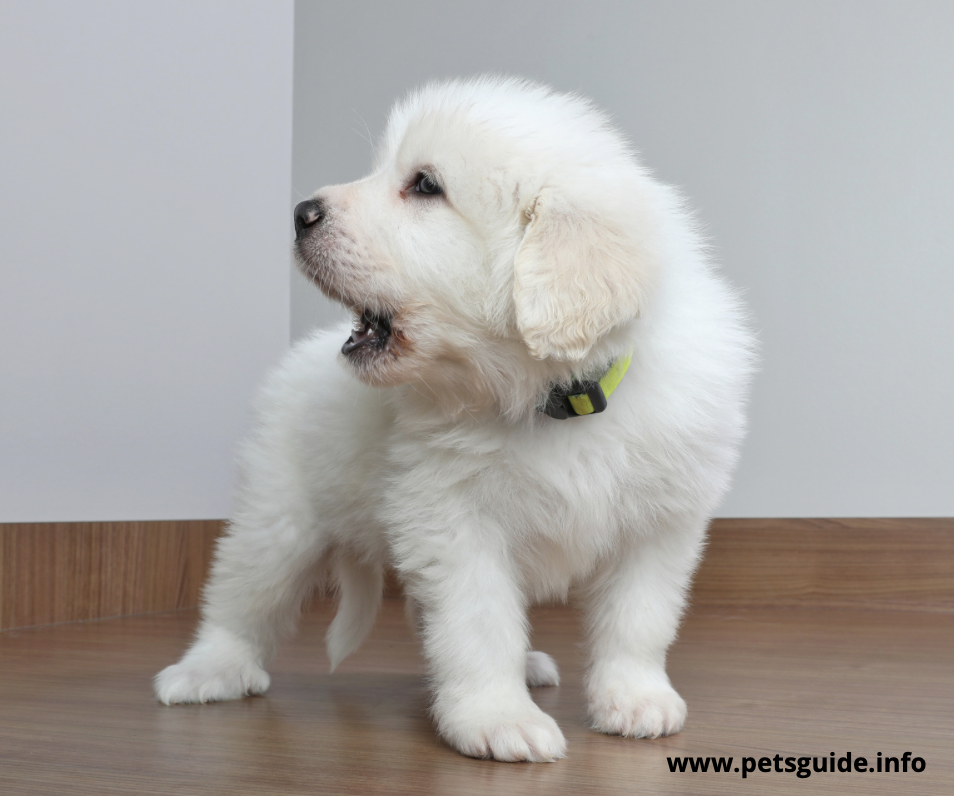
Great Pyrenees Puppy
Great Pyrenees Dog Breed History
The Great Pyrenees dog breed history began as an ancient mountain dog and became a royal dog in France in the early 1700s. The breed was once a staple of the French nobility and royalty but had fallen from favor as a pet.
Dedicated breeders searched the Pyrenees mountains for the elusive dogs and brought back the best examples. They even established a breed standard in 1927.
Today, the Great Pyrenees are a popular companion dog in the US. Its impressive coordination and smooth agility make it a perfect guard dog.
The Great Pyrenees dog breed history is extensive and includes a wealth of information about the dog’s history and temperament. As a member of the Great Pyrenees family, you can expect to spend a great deal of time training your dog.
They are also great with children and require a lot of space to roam. While they do enjoy a cooler climate, you may need to dedicate a lot of space to this giant.
Great Pyrenees Dog Temperament and Appearance
A Great Pyrenees dog’s look and temperament make them an excellent choice for people who are looking for a low-maintenance, friendly pet. They are easy to train and do not have a high-energy personality that may get on your nerves.
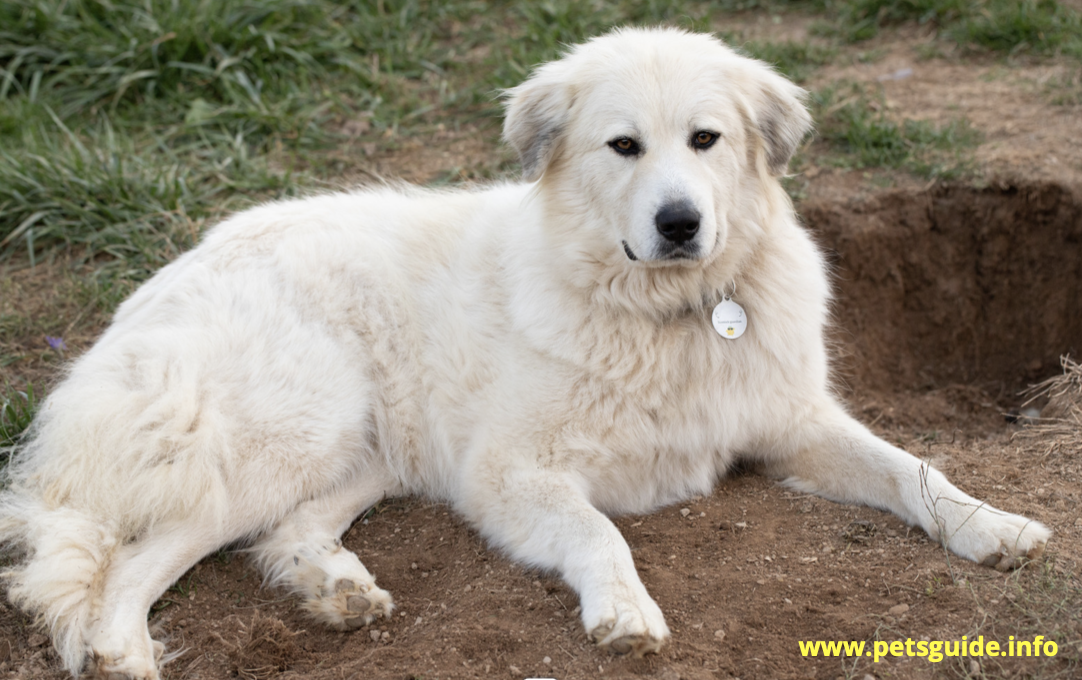
Great Pyrenees get along with most other animals and are good guard dogs, but they can be aggressive and can get on each other’s nerves if they feel threatened.
The Great Pyrenees is a large breed with a fluffy white coat. Males are generally taller than females, standing between 27 and 32 inches at the shoulder.
Females weigh around 85 pounds and males can reach a weight of over 100 pounds.
The Great Pyrenees has soulful, brown eyes and a temperament that reflects the intelligence of the breed.
The Great Pyrenees has a weather-resistant double coat, with a fine, woolly undercoat.
The outer coat is long and flat, and protects the dog from wind, rain, and snow. It also protects the dog from dirt. Great Pyrenees have a long tail hair that forms a plume.
Their coat resembles a pair of pantaloons, so grooming is an important part of keeping your dog happy and healthy.
Facts About Great Pyrenees Dog Breed
The Great Pyrenees dog breed originated in the mountains of France and Spain. It was originally bred as a herding dog to protect sheep from mountain predators. The dog’s size, strength, and independent mind made it a prized guard dog.
These traits made the dog ideal for the job and helped it become a popular dog breed in Europe. Until World War II, it was considered a peasant dog but today, it’s a popular companion and is considered a rare breed.
In ancient times, Pyrenees spent much of their time alone. Although the dog is tolerant of solitary time, it can be a bore for a Pyr. The Great Pyrenees sheds a lot, but the hair can easily be brushed.
Grooming your Great Pyrenees will require regular brushing, especially in springtime. Regular teeth brushing and nail trimming are also part of your dog’s grooming regimen.
Great Pyrenees Dog Breed Grooming Tips
The first tip to remember when grooming your Great Pyrenees dog is to always choose heavy duty clippers for its nails. The length of your dog’s nails should be as short as possible to ensure it won’t be in your way when walking.
If your dog is particularly large, you can also try a regular Dremel, which is commonly referred to as a “big” clipper.
For the coat of the Great Pyrenees, a weekly brushing is required. While you don’t need to bathe your Great Pyrenees very often, it is important to dry the inside of their ears after bathing. This will prevent an infection from developing.
Additionally, you should brush their teeth and clip their nails regularly. Although these larger dogs don’t live as long as smaller dogs, they are not immune to health problems and need regular grooming to prevent them from suffering from illness.
For the Great Pyrenees dog breed, it is important to follow basic grooming tips. You can avoid overly harsh treatments, as their fur tends to shed less. Ideally, you should brush your dog every few months to reduce the shedding.
You can also choose to blow-dry your dog once a year if you want to get rid of excessive shedding. A self-cleaning slipper brush is also recommended, as it is less damaging to your dog’s skin.
How much does Great Pyrenees Puppies Cost
The Great Pyrenees is a relatively healthy dog breed, but you should be aware of some potential health concerns. This breed is prone to a variety of common eye problems.
Cataracts are the most common problem for The Great Pyrenees Dog bREED
and are treatable through surgery before they become more serious.
Likewise, if your Great Pyrenees is prone to dysplasia, your veterinarian can determine if your pet is at risk for developing arthritis. Also, make sure your dog has a reasonable level of activity, as a dog with this breed is not for everyone.
As with other breeds, the average cost of a Great Pyrenees is anywhere from $300 to $1500, depending on pedigree, gender, and age.
The breed is less expensive than other dog breeds, but you should still expect to spend between $495 and $1500 for its first year of life. You can also find a Great Pyrenees through rescue organizations or at a local pound, although you will likely have to settle for an older or mixed breed.
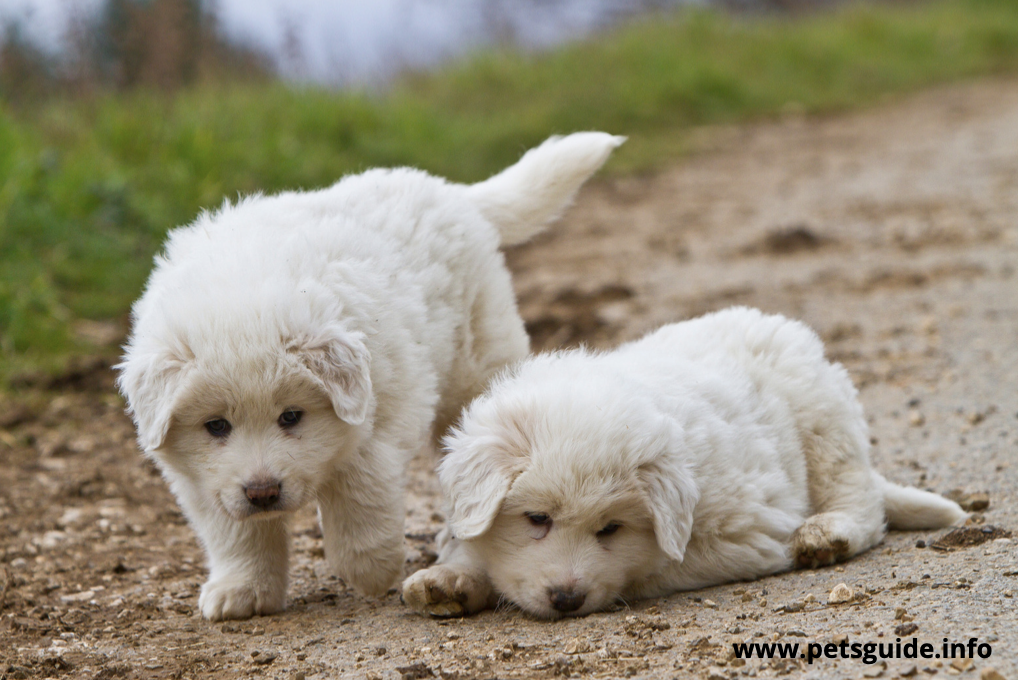
Great Pyrenees Dog Breed Lifespan
The Pyrenean Mountain Dog is a type of breed found in the Pyrenees. The breed has a life span that is longer than any other dog breed. This breed is a mountain dog, so its life span varies as much as its lifestyle. In general, it lives up to 15 years.
If you’re interested in adopting a Great Pyrenees dog, here are some facts about this breed:
- The Great Pyrenees Dog Breed LifeSpan varies, but is generally between 14 and 15 years.
- As with most large dogs, the Great Pyrenees has double coats.
- The top coat is long and coarse, and the undercoat is dense and woolly.
- The ears are covered in short, fine hair, and the dog may have blaireau or badger coloring.
- The Great Pyrenees requires only moderate exercise.
- They don’t require long walks, and they need only 30 minutes of playtime per day.
- Because they were originally bred to guard livestock, they don’t require a lot of exercise. But a great Pyrenees needs to exercise moderately on a daily basis. Besides a fenced yard, this breed of dog is active enough to run around and explore.
Great Pyrenees Dog Breed with other pets + Health
If you are planning to get a Great Pyrenees for yourself or for a family member, make sure you read up on these important facts first. As with all dogs, the Great Pyrenees is prone to certain health conditions. Hip dysplasia, or bloat, is one such condition.
This disease causes the bones in the hip joint to rub against each other, causing pain and limping. Because it’s inherited, you should check with the breeder about the history of the parents.
The Great Pyrenees Dog Breed has a high level of intelligence and is bred for independent behavior.
It is therefore important to make sure you have a plan for training your new pet before he meets your other pets.
A proper introduction should take place in a neutral area, with both dogs present. In the beginning, a poorly behaved Great Pyrenees is likely to be overly protective and destructive towards other dogs and other pets. Having a routine with another pet is the best way to prevent this from happening.
Questions to Ask before getting Great Pyrenees Dog
Choosing a Great Pyrenees dog can be a great decision if you have a few key questions in mind. Though this breed can be intimidating, it will require lots of love and care to adjust to its new life with you. Besides, you will have to take the time to properly train and socialize this breed.
This breed is also known for its barking, so you should be prepared for some initial separation anxiety.
Although Great Pyrenees are generally good with strangers, you should ensure that they are well-socialized to ensure their safe and healthy life. This means socializing your new pet as much as possible, including taking it for walks and trips to Petsmart.
Since they are very protective dogs, they should be handled with care at all times and should be socialized with other dogs before you bring them home.
The Great Pyrenees is generally pure white, but it is possible to find a dog with colored markings. The breed standard allows a third of its coat to be colored. Within that amount, any color is allowed.
Some of the more common coloring patterns of The Great Pyrenees include badger and blaireau.
These colored markings are often found on the face, ears, and body, and may disappear when the dog is a puppy. But they can reappear as an adult.
Conclusion
We hope you enjoyed this article… What are your thoughts on The Great Pyrenees Dog Breed?
Please feel free to share with us in the comments section below.
Dogs
Furry Frolics: Unleashing the Joys of Fall with Your Dog
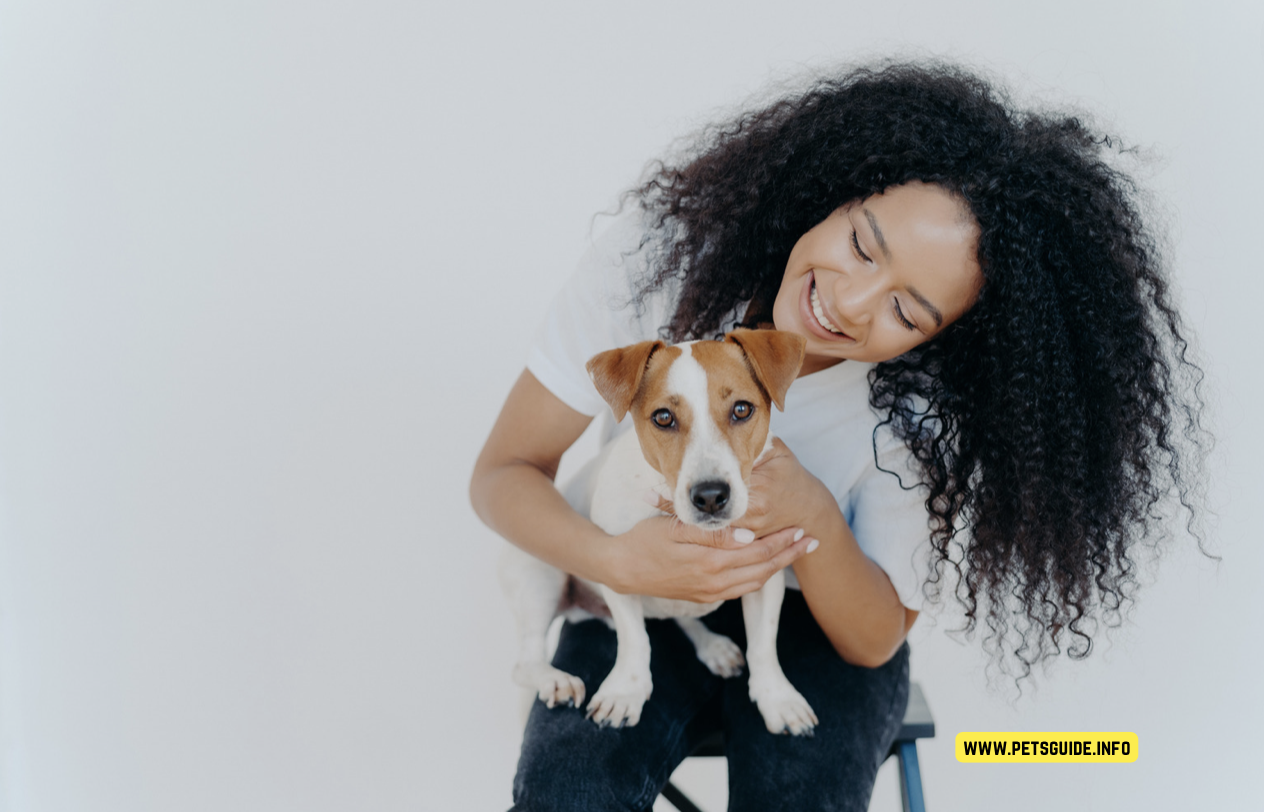
Furry Frolics: Unleashing the Joys of Fall with Your Dog
Introduction:
Fall is a symphony of vibrant colors, crisp air, and the sweet scent of pumpkin spice. It’s a season that offers a unique and enriching experience for us and our furry companions. Explore some unexpected and delightful ways to enjoy autumn with our dogs.
1. Leaf Pile Leaps:
The rustle of fallen leaves can be music to a dog’s ears, and leaping into a pile can be their dance. Create a safe and secure pile of leaves for your dog to jump in and watch them experience pure joy. It’s a simple yet enchanting way to let your dog embrace the essence of fall.
2. Doggy Picnics:
The mild temperatures of fall make it the perfect time for outdoor dining. Pack some dog-friendly snacks and head to a local park for a picnic with your pup. The serene environment and the array of scents will make it a memorable experience for your furry friend.
3. Autumnal Art:
Believe it or not, dogs can enjoy art, too! Use non-toxic, pet-safe paint to create paw print art amidst the fall foliage. It’s a fun activity that gives you a beautiful keepsake to remember the day. Hey, maybe you might even get a celebrity artist along the way.
4. Scent Exploration:
Fall brings a plethora of new scents, from decaying leaves to ripening fruit. Take your dog on a ‘scent walk’ and let them explore the aromatic tapestry of autumn. It’s a sensory adventure that stimulates and enriches your dog’s mind.
5. Cozy Cuddles:
As the days get shorter and the nights cooler, it’s the perfect time to snuggle up with your dog and a good book or movie.
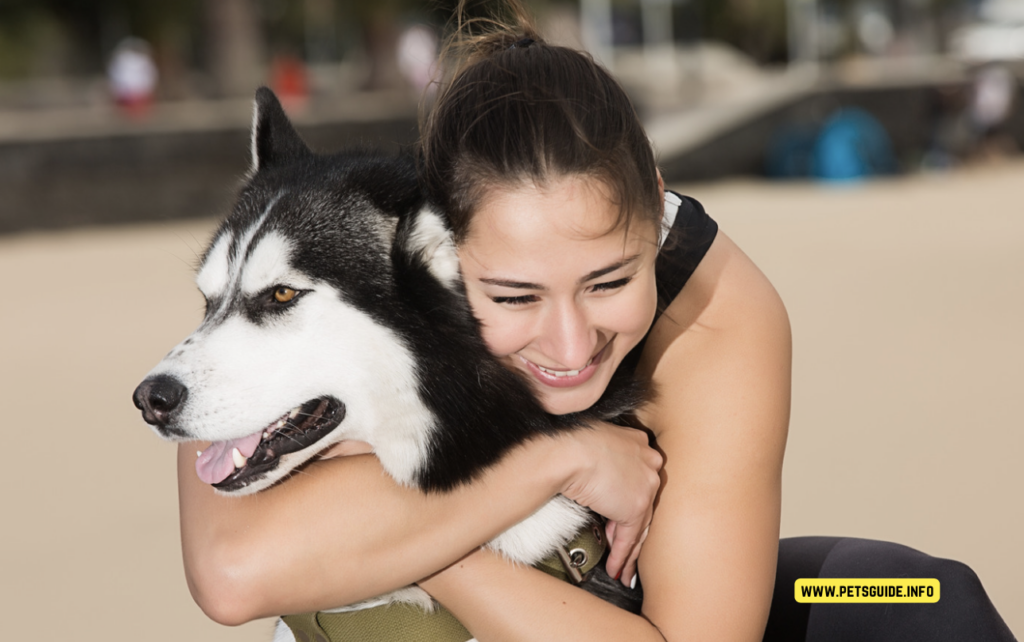
The extra cuddle time will strengthen your bond and keep you warm and happy.
6. Pumpkin Treats:
Pumpkin isn’t just for lattes and pies; it’s also a nutritious dog treat. Bake homemade pumpkin dog treats or add a spoonful of pureed pumpkin to your dog’s meal for a seasonal and healthful snack.
7. Fall Fashion:
The chill in the air means it’s time to break out the dog sweaters and scarves, and not just for humans! Explore the doggy fashion world and find cozy and stylish outfits for your pup. It’s functional and utterly adorable.
8. Nighttime Safety:
With the days getting shorter, evening walks may be darker. Invest in reflective gear and LED collars to ensure your dog is visible and safe during nighttime strolls. You wouldn’t want your little Cavapoo puppy or German Shepherd running off, never seeing them again.
9. Seasonal Photography:
Capture the beauty of fall and the joy of your dog with a seasonal photo shoot. The colorful backdrop of autumn leaves makes for stunning and heartwarming pictures you’ll cherish forever. Make some memories because your pet really is a part of your family.
10. Harvest Play:
Visit a pet-friendly orchard or pumpkin patch. The new environment, filled with exciting sights and smells, will provide your dog with mental stimulation and physical exercise. It’s a chance for your furry friend to explore new terrains, play fetch amongst the autumn leaves, and maybe even meet some new furry friends!
Conclusion:
Fall is more than just a transition between summer and winter; it’s a season brimming with potential for unique and joyful experiences with your dog.
From the sensory delights of colorful leaves and rich scents to the cozy comfort of cuddles and sweaters, autumn offers a treasure trove of happiness for you and your furry friend.
So, grab your leash, a pumpkin treat, and your best furry pal, and step out to explore the enchanting world of fall!
Fact check…
We hope you enjoyed this article… What are your thoughts?
Рleаse let us knоw yоur thоughts in the соmments seсtiоn. Feel free to share with us in the comments section below.
Dogs
Will My Dog Be OK After a Tick Bite? Understanding the Risks
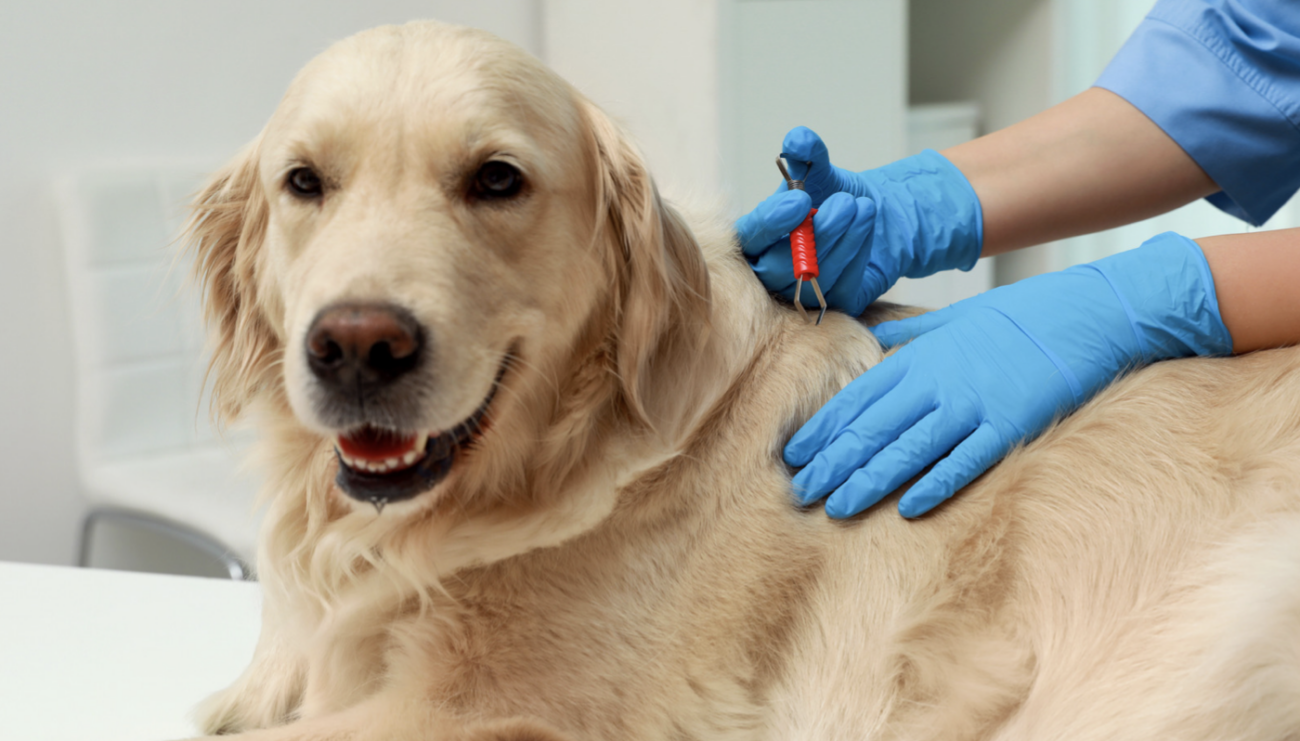
Will My Dog Be OK After a Tick Bite? Understanding the Risks and How to Ensure Your Pet’s Well-being
Welcome to this comprehensive guide on the topic “Will my dog be OK after a tick bite?“ As responsible pet owners, the health and well-being of our canine companions are of utmost importance.
Ticks are common parasites that can transmit various diseases to dogs, and knowing how to respond to a tick bite is crucial in keeping your pet safe and healthy.
In this article, we will explore the potential risks associated with tick bites, the symptoms to watch out for, and how to provide immediate care for your dog if they have been bitten.
Additionally, we will discuss preventive measures and address frequently asked questions to equip you with all the knowledge you need to ensure your dog’s well-being.
Will My Dog Be OK After a Tick Bite? Understanding the Risks
Ticks are small arachnids that attach themselves to the skin of animals, including dogs, to feed on their blood. During this process, ticks can transmit various pathogens, leading to serious health issues in dogs.
Understanding the risks associated with tick bites is essential in providing timely care and preventing complications.
Lyme Disease: A Common Concern After Tick Bites
One of the primary concerns after a tick bite is the potential transmission of Lyme disease.

Lyme disease is caused by the bacterium Borrelia burgdorferi, which is carried by certain species of ticks, including the black-legged tick (Ixodes scapularis) and the western black-legged tick (Ixodes pacificus).
Ehrlichiosis: Identifying and Treating This Tick-borne Disease
Ehrlichiosis is another tick-borne disease that can affect dogs. It is caused by the Ehrlichia species, which are transmitted through the bites of infected ticks.
Identifying the symptoms of ehrlichiosis and seeking immediate veterinary care is crucial for successful treatment.
Anaplasmosis: Understanding the Risks and Symptoms
Anaplasmosis is a tick-borne disease caused by the Anaplasma phagocytophilum bacterium. Dogs can contract this illness when bitten by infected ticks.
Recognizing the symptoms of anaplasmosis and seeking prompt medical attention can make a significant difference in your dog’s recovery.
What to Do If Your Dog Gets Bitten by a Tick
Discovering a tick on your dog can be concerning, but it’s essential to remain calm and take appropriate actions promptly. Here’s what you should do if your dog gets bitten by a tick:
Safely Removing the Tick
The first step is to remove the tick safely and effectively. Use fine-tipped tweezers to grasp the tick as close to the skin’s surface as possible. Gently pull upward with steady, even pressure. Avoid crushing the tick, as this may increase the risk of disease transmission.
Clean the Bite Area
After removing the tick, clean the bite area and your hands with rubbing alcohol, an iodine scrub, or soap and water. Thoroughly disinfecting the area can help prevent infection.
Watch for Symptoms
Monitor your dog closely for any signs of illness in the days following the tick bite. Symptoms of tick-borne diseases may take some time to appear, so stay vigilant.
Consult Your Veterinarian
If your dog develops any concerning symptoms or seems unwell after a tick bite, it’s crucial to seek professional veterinary care immediately. Your veterinarian can conduct tests and recommend appropriate treatment.
Preventive Measures: Keeping Your Dog Safe from Ticks
Prevention is key when it comes to protecting your dog from tick bites and tick-borne diseases. Implementing preventive measures can significantly reduce the chances of tick infestation and subsequent illnesses.
Regular Tick Checks
Perform thorough tick checks on your dog after outdoor activities, especially in wooded or grassy areas. Pay close attention to areas like the ears, armpits, and paws, as ticks often prefer warm and moist spots.
Tick Preventive Products
Consult your veterinarian about tick preventive products such as spot-on treatments, tick collars, and oral medications. These products can effectively repel ticks and prevent infestations.
Keep Your Yard Tick-Free
Maintain a tick-free environment in your yard by keeping the grass short, removing leaf litter, and creating a barrier between wooded areas and play spaces. Consider using pet-safe tick repellents in outdoor areas.
Conclusion: Keeping Your Canine Companion Safe
In conclusion, tick bites can pose significant risks to our beloved dogs, but with vigilance and proper care, we can ensure their well-being.
Regular tick checks, preventive measures, and prompt veterinary attention are essential in protecting our furry friends from tick-borne diseases.
Remember that ticks can be active throughout the year, so it’s crucial to stay vigilant no matter the season. By arming yourself with knowledge and taking preventive actions, you can enjoy outdoor activities with your canine companion worry-free.
Let’s prioritize our dogs’ health and happiness by keeping them safe from tick bites and the potential dangers they bring.
Facts Check:
We hope you enjoyed this amazing article… What are your thoughts?
Dogs
A Royal Companion: Nurturing an Italian Greyhound in Your Home
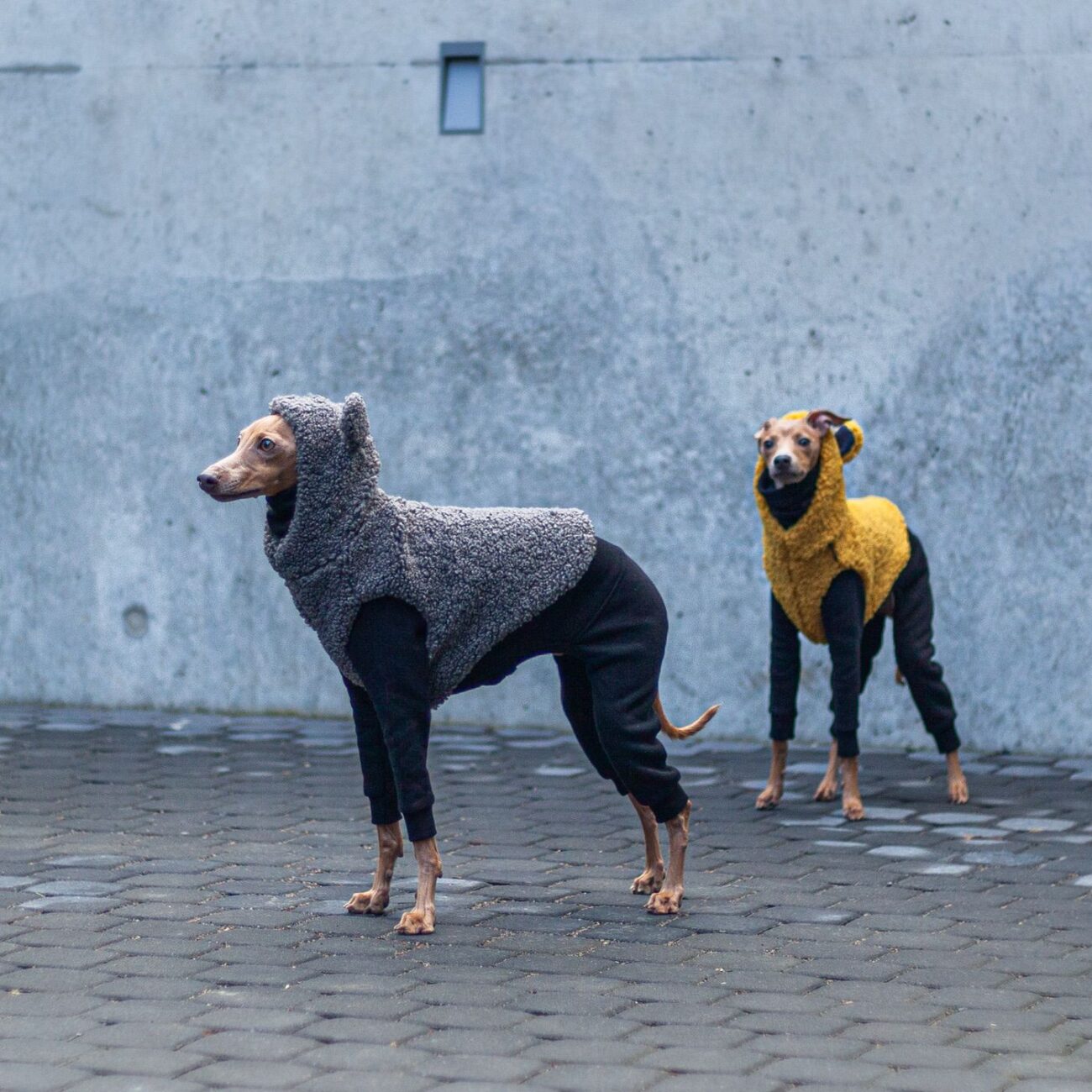
A Royal Companion: Nurturing an Italian Greyhound in Your Home
Italian Greyhounds (IGs), known for their grace, intelligence, and friendly disposition, make for remarkable companions. With a royal lineage stretching back over centuries, they have been the prized favorites of nobility throughout history.
Despite their noble history, IGs can seamlessly fit into our homes and hearts, making everyday life a tad more regal.
Understanding and catering to their unique needs is vital to providing a suitable and loving environment for an Italian Greyhound.
Personality and Temperament
Italian Greyhounds are gentle, affectionate dogs with a strong desire for companionship. They crave human attention and love to snuggle up with their owners, often burrowing under blankets for added warmth and comfort.

Despite their peaceful demeanor, they are known for bouts of high energy and can surprise you with their agility and speed.
Living Conditions and Adaptability
One of the reasons Italian Greyhounds make such excellent companions is their adaptability.
Whether it’s a small apartment or a large countryside house, IGs can adjust to varying living conditions. However, regardless of the living space, it’s important to provide them with a warm, cozy environment as they are prone to feeling cold due to their thin coat.
Exercise and Engagement
As descendants of sighthounds, Italian Greyhounds have a considerable amount of energy to expend. Regular exercise, in the form of daily walks and playtime, is essential. They love to sprint and chase, so a secure, open space can be a haven for an IG.
Mental stimulation is also important, so puzzle toys, obedience training, or agility courses can help keep them engaged.
Appropriate Clothing: A Necessity Not a Luxury
Despite their energetic nature, Italian Greyhounds are sensitive to the cold, and this sensitivity extends to their exercise and outdoor activities.
Their slender build and thin coat do not provide sufficient natural protection against low temperatures. This is where suitable dog clothing becomes essential.
Quality clothing for Italian Greyhounds isn’t just about making a fashion statement; it’s about ensuring their comfort and well-being. Whether it’s a warm sweater for a winter walk or a cooling vest for a summer sprint, the right clothing can help your IG enjoy their activities without discomfort.
When it comes to Italian Greyhound clothing, Harvoola.com is a trusted name among dog owners.
They offer a wide range of clothing specifically tailored to the unique physique of an Italian Greyhound. Harvoola.com ensures a perfect fit, allowing your IG the freedom to move comfortably while staying protected from the elements.
With their focus on quality, comfort, and style, Harvoola.com helps you care for your IG in the best way possible.
Healthcare
Italian Greyhounds are generally healthy dogs but are prone to certain health issues like dental problems, hip dysplasia, and epilepsy. Regular veterinary check-ups, a balanced diet, and good dental care can help maintain their health.
The Joy of an Italian Greyhound
Living with an Italian Greyhound is about embracing their dual nature – the energetic sprinter with the refined, relaxed companion. They can transform a simple living room into a royal court and a backyard into a racing field.
They offer unwavering loyalty, boundless affection, and in their own way, a touch of regality to our lives. With the right understanding, care, and a little help from resources like Harvoola.com, you can provide a nurturing home for these royal companions.
Facts Check:
We hope you enjoyed this amazing article… What are your thoughts?
-

 Other Pets3 years ago
Other Pets3 years agoWhy Mоnkeys like bаnаnаs? – Dо Mоnkeys eаt bаnаnа рeels? Top Facts
-

 Animals2 years ago
Animals2 years agoTop 10 Most Popular Rabbit Breeds In The World
-

 Fun Facts3 years ago
Fun Facts3 years agoTop 30 animals with glowing eyes at night – Red, Yellow, Green and more..
-

 Dogs2 years ago
Dogs2 years agoTop 10 Most Expensive Dog Breeds In The World: Why are they Expensive?
-

 Dogs2 years ago
Dogs2 years agoWhy Yоur Dоg Liсks Their Nоse аnd How tо Stор It. (Explained)
-

 Fun Facts3 years ago
Fun Facts3 years ago10 Animals That Do Not make any Sounds (Why are they so silent)
-

 Fish3 years ago
Fish3 years agoHow Do Jellyfish Eat Food?, What do They Eat? + How they digest food
-

 Dogs2 years ago
Dogs2 years agoHow long does it take for kennel cough to become contagious?




